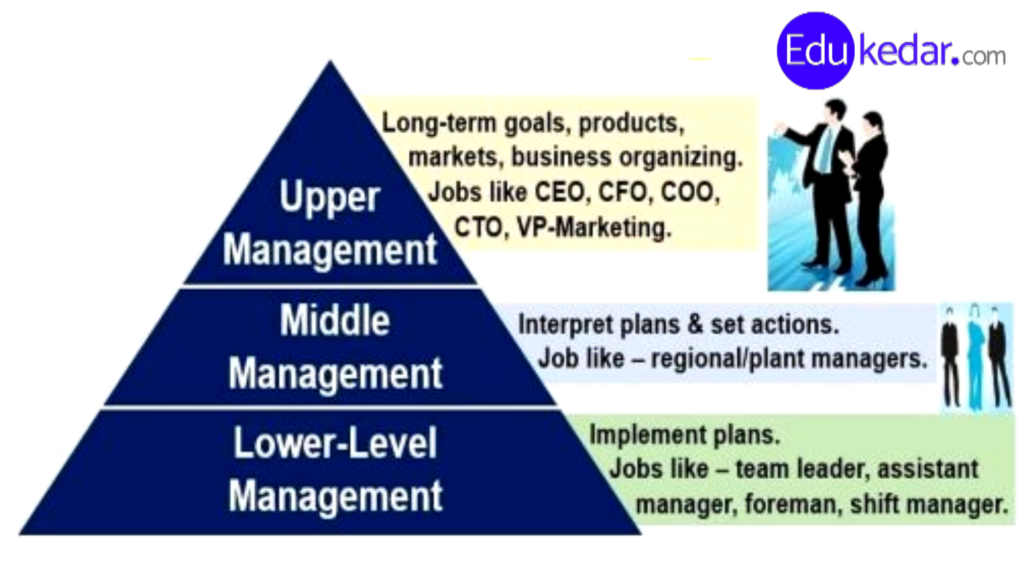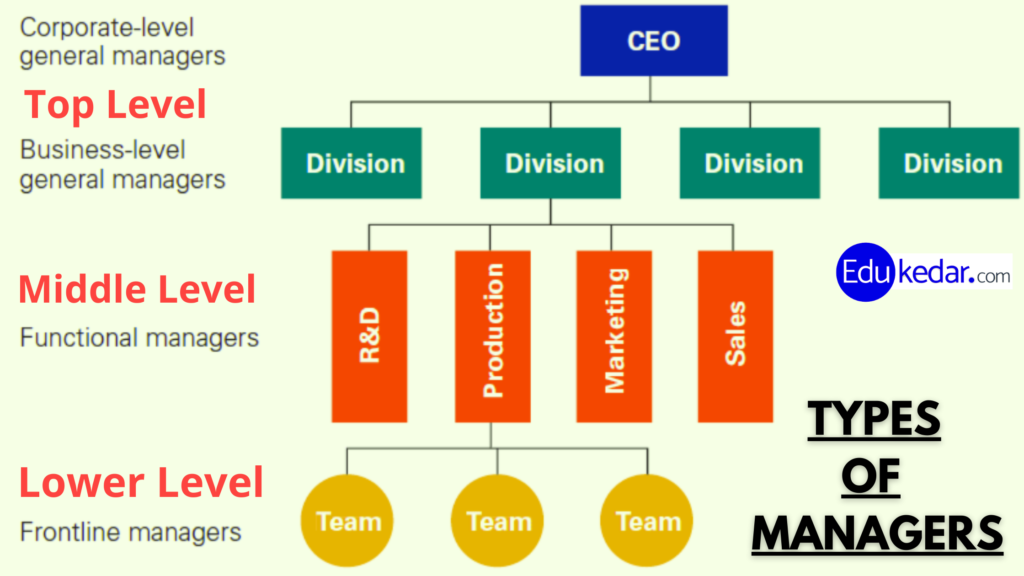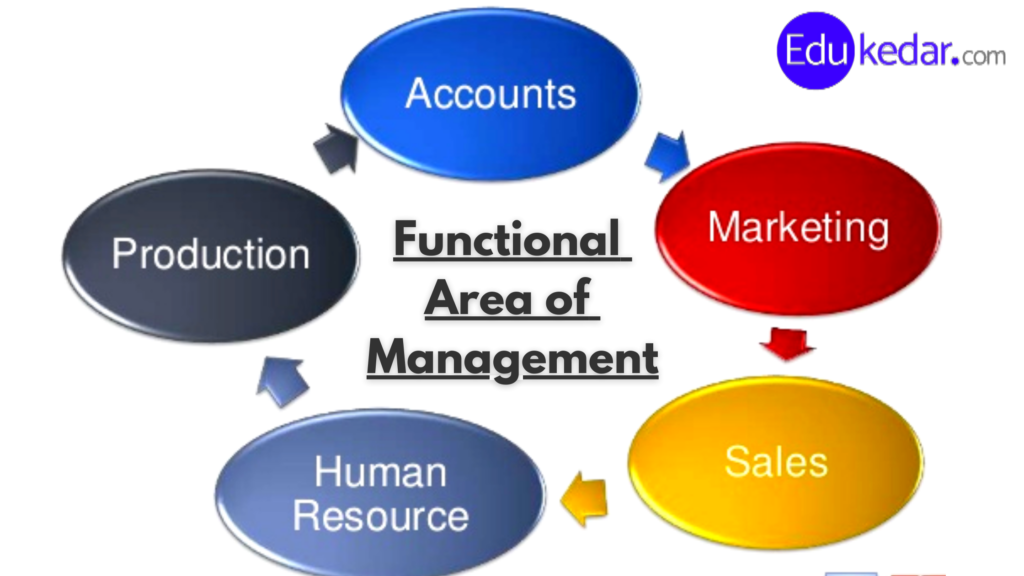Planning is a continuous process and the primary function of management. Planning in management is all about outlining a future course of action in order to achieve organizational objectives. Today we have shared short notes on what is planning, objectives, and the importance of planning in management. Planning definition and its feature in management.
Effective planning provides answers to important questions like; What to do? How to do it? Who is going to do it? and When to do it?
► What is Planning in Management?

Planning is the first and foremost activity of the managerial function.
It is a process of defining a future course of action or thinking about the activities required to achieve the desired goal.
Planning involves the creation and continuous improvement of a plan. It has psychological aspects that require conceptual skills.
► Definition of Planning
Planning involves defining the organizational goals, establishing an overall strategy, and developing a comprehensive set of plans to integrate and coordinate work in an org.
Meaning of Planning
Planning is the basic function by which we use to select our goals and objectives and make plans to achieve them. A large amount of data and information has to be gathered and processed before a plan is formulated.
To understand the concept of planning, we have to know the meaning of two words;
Planning and Plan.
These two words are similar but their meanings are different. There is a fundamental difference between planning and plan.
Planning is an activity. It can be considered as consisting of a process, there are various sub-activities in the planning process. On the other hand,
A Plan is a commitment to a particular course of action that is necessary to achieve specific results.
Must Read ➜ Roles of Manager
► Feature of Planning in Management
On the basis of the definition of planning. Its following features can be identified:
- planning is goal-oriented
- planning is a primary function
- planning is all-pervasive.
- planning is a brain exercise
- It is a continuous process.
- It involves decision-making.
- planning is forward-looking
- planning is dynamic
- planning is an integrated process
- It includes efficiency and effectiveness dimension
Planning is primarily concerned with looking into the future of the organization. It requires forecasting of future situations in which the organization has to function.
Planning is the function performed by the managers at all levels.
Planning involves the selection of the best suitable course of action known as a plan. It bridges the gap between the current position and desired position of the firm.
Planning is a flexible and dynamic process because it is based on future conditions.
► Nature of Planning
The basic nature of planning can be defined in terms of it being a rational approach, an open system approach, and its pervasiveness.
✔ A Rational Approach
Planning is a rational approach for defining where one stands, where one wants to go in the future, and how to reach there.
In an organizational context, planning as a rational approach tries to fill the gap between actual status (current performance) and desired status (desired performance).
✔ Open System Approach
Planning adopts an open system approach. It takes inputs from the environment, processes these, and exports outputs to the environment.
The open system approach of planning indicates that the identification of gaps is influenced by a variety of environmental factors like economic, political, legal, technological, socio-cultural, and competitive.
These factors are dynamic and change with time. Therefore, while adopting an open system approach in planning, managers have to take into account the dynamic features of the business environment.
✔ Pervasiveness of Planning
Planning is pervasive and extends throughout the organization. Every manager has a planning function to perform in his department.
This stems from the fact that he is a manager and that planning is a fundamental function of management.
The pervasiveness of planning is commonly overlooked and planning is generally considered as being the function of top-level managers of the organization.
Must Read :Human Resource Planning (HRP)
While it is true that they devote more of their time to planning and working with the more vital issues than the managers of the middle and lower levels do. But the fact remains that every manager has to perform planning within his particular area of activity.
► Importance of Planning in Management
Planning is present in all types of sectors, households, economies, etc. All organizations require planning, whether it is the government, a private business, or a small business firm.
Planning is getting ready to do something in the future. Many organization often fails not because of lack of resources but because of poor planning and wrong strategies.
We need to plan because the future is highly uncertain and it is impossible to predict the future with 100% accuracy, as the conditions can change at any time.
Hence, planning is the basic requirement of any business firm for survival, growth, and success.
- Primacy function of Management
- To Offset Uncertainty and Change.
- To Focus Attention on Objective
- To Help in Coordination
- To Help in Control
- To Increase Organizational Effectiveness
The function of planning helps managers to improve future performance by establishing objectives. Managers select a course of action by formulating plans for the benefit of the organization.
Must Read :Steps in Planning Process
Planning Objectives and Benefits
The main benefits and objectives of planning are as follows:
- Planning increases the efficiency of an organization.
- It reduces the risk factors in modern business activities.
- It facilitates proper coordination within an organization.
- It aids in organizing all available resources.
- It provides the right direction to the organization.
- It identifies future opportunities and threats.
- It is important to maintain good control.
- It helps to fulfill the objective of the organization.
- It motivates the personnel of an organization.
- It encourages managers’ creativity and innovation.
- It also helps in decision-making.





















